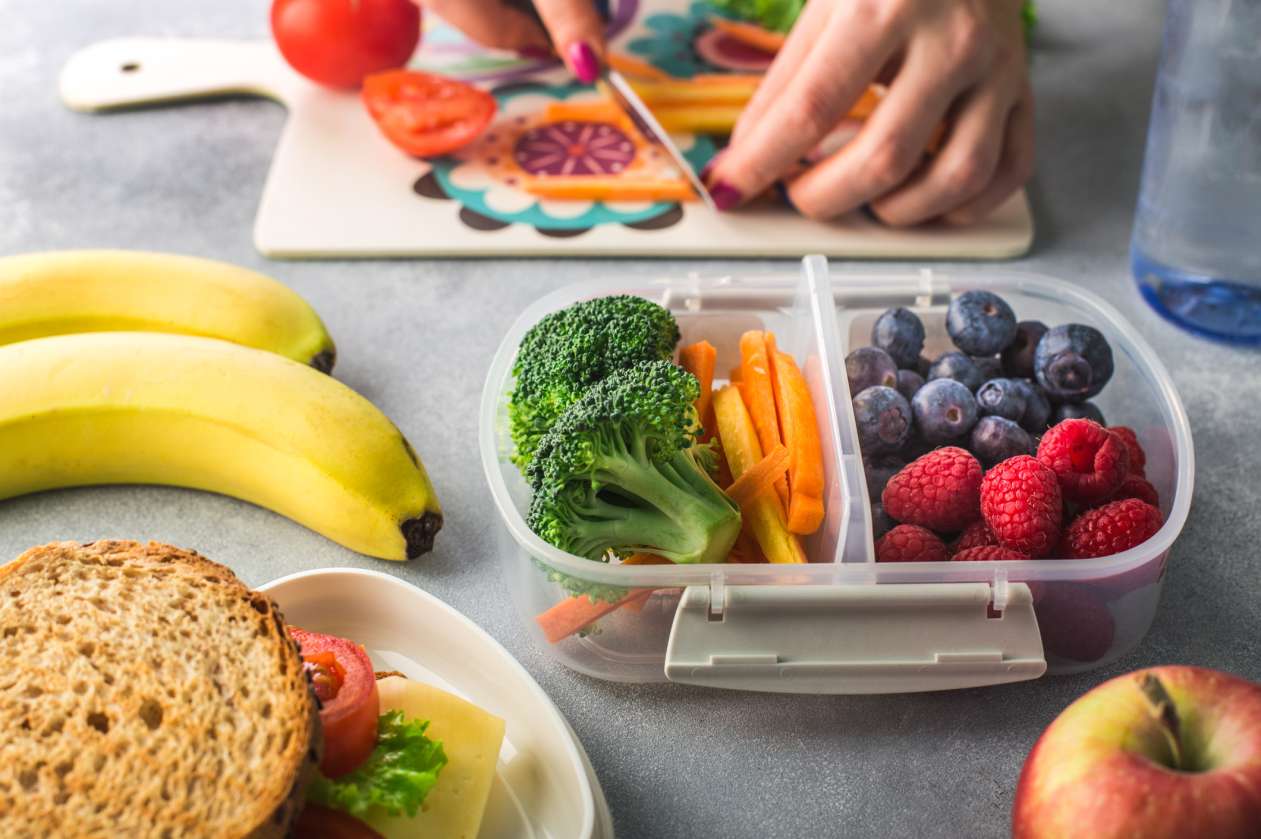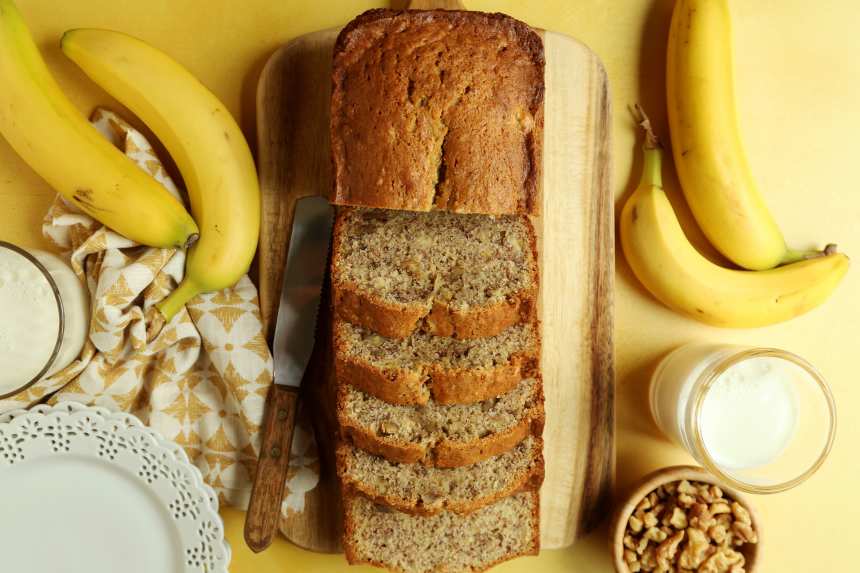Asian cuisine is a culinary journey through a diverse array of flavors, textures, and cooking techniques. From the spicy complexity of Thai curries to the delicate balance of Japanese sushi, each dish reflects centuries of culinary tradition and cultural heritage. To truly appreciate the nuances of Asian cooking, one must delve into the secrets of its preparation, understanding the ingredients, and mastering the techniques that bring out the best in each dish.

Embracing Diversity: The Key Ingredients
Rice – The Staple Grain
Rice forms the cornerstone of many Asian dishes, serving as a versatile base for countless recipes. Whether it’s the fluffy jasmine rice of Thailand or the sticky sushi rice of Japan, mastering the art of cooking rice is essential to authentic Asian cuisine. Rinse the rice thoroughly to remove excess starch, then cook it with precision, ensuring just the right balance of moisture and fluffiness.


:max_bytes(150000):strip_icc()/chicken-and-polenta-puttanesca-melts-3265d44c-1120-horiz-2000-58aca09979b7464aaa5d52b858bd7e0f.jpg)




:max_bytes(150000):strip_icc()/Millionaire_Spaghetti_019-34e9c04b1ae8405088f53450a048e413.jpg)
